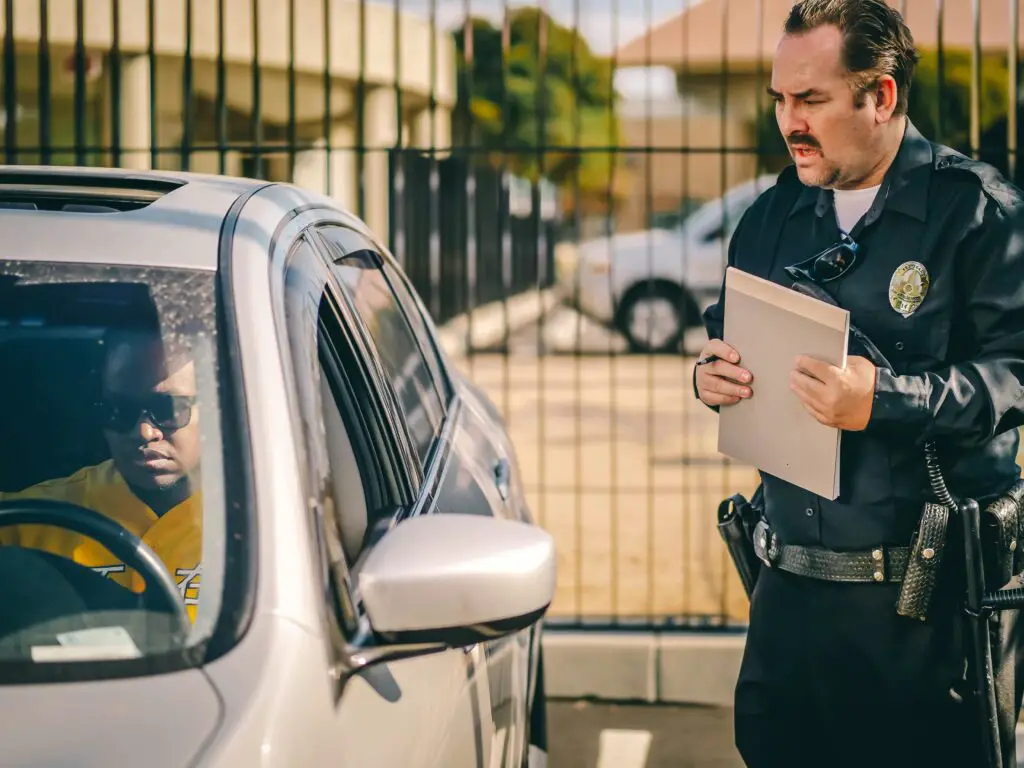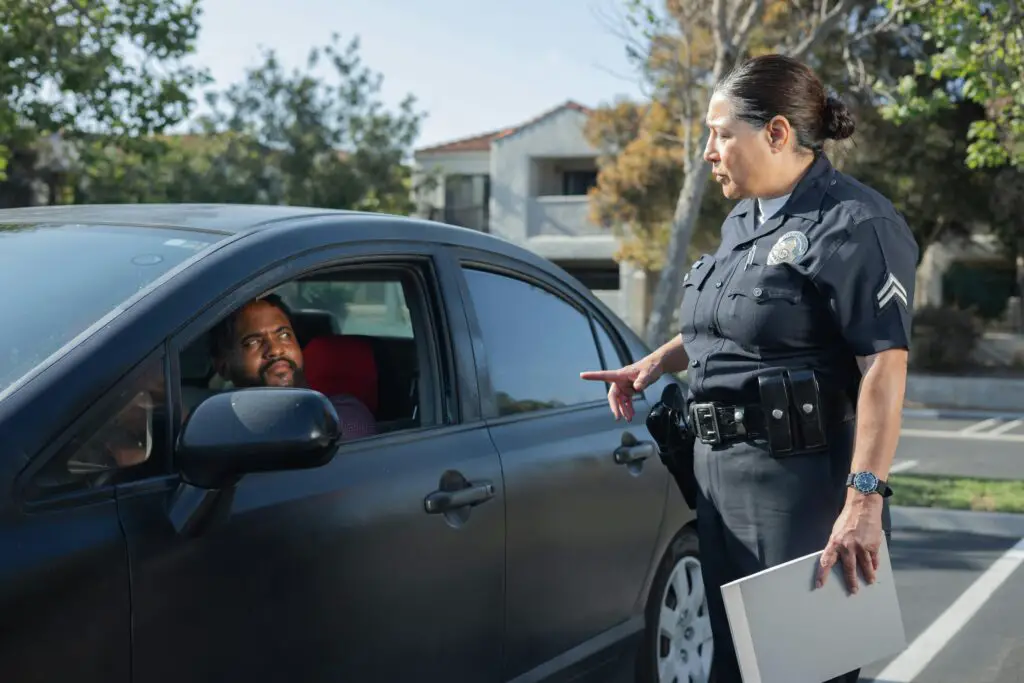Home is one of the places where you should feel the most safe in life. Whether after a long day of work or during a harsh storm, our homes act as a place of relaxation and safety. In this viral video clip, the idea of home as a refuge flips on its head as an officer questions a man walking outside his own home. Let’s examine the concept of reasonable suspicion and analyze whether the officer’s suspicions were warranted.
Viral Clip: Reasonable Suspicion or Profiling?
The man filmed the video while walking outside his home. It begins with the police officer asking the man, “Is this your house?” He sounds skeptical and prods the man with similar questions. The man pushes back against these questions, but the cop won’t give it up. The officer claims he suspiciously watched the man walk around the house and near the gate. The cop then asks the man for his identification.
The homeowner suspects an ulterior motive at play. Referring to the person with him at the house, he replies, “She’s black and I’m black… you didn’t stop the man cutting grass over there?” He claims the cop profiled him as a robber or criminal simply because he is black and walking outside his own home.
Near the end of the video, it appears that the cop may have given up. He begins to back away from the scene. While the video doesn’t clearly show how the situation resolves, it raises many questions about reasonable suspicion and racial profiling.
Can Police Stop Someone At a Home?

Many people find it jarring that the cop stopped the man at home. Typically, police stop people in public or on the road, but they less frequently appear on private property without a search or arrest warrant.
There are a few instances where the police can legally enter your home. Some of the most common include:
- When police are executing a search or arrest warrant for someone who lives at the residence.
- Suppose they receive explicit permission from a homeowner to enter the home. Permission from house guests and non-owners does not count as legal permission to enter.
- Police can enter a home if they reasonably believe that a crime is occurring or that someone inside is injured or in danger.
In most cases, police are cautious when executing search and arrest warrants. Malpractice and mistakes in these situations can easily infringe on amendment rights. In some unfortunate instances, police might stop you at your home, either unknowingly or purposefully. If this happens, remain calm and consider pursuing legal action or filing a formal complaint afterward.
Reasonable Suspicion and Questioning at Your Home

Reasonable suspicion is a legal standard that allows police officers to justify questioning or searches without a warrant. When a police officer stops someone for questioning, they generally need a warrant, reasonable suspicion, or probable cause.
In other words, reasonable suspicion means having suspicion backed by solid evidence or facts. Under reasonable suspicion, officers must explain the evidence that led them to suspect someone committing a crime.
For example, seeing someone suspiciously lurk around a home or peek around gates and windows is grounds for suspicious activity. Unless external factors would explain these behaviors, a cop would be within their rights to question someone.
Unfortunately, reasonable suspicion can often become subjective, with different situations handled differently. A major issue with reasonable suspicion is biased profiling. Police officers may have subconscious biases related to race, sexuality, or gender. Although they should not rely on these biases, they can sometimes influence their decisions incorrectly.
Most police departments recognize these biases and provide their units with in-depth sensitivity training. Likewise, they often handle cases involving bias with care and professionalism.
An Attorney’s Opinion
According to legal professional Ugo Lord, police officers have the right to ask for someone’s ID if they believe criminal activity may be occurring. This idea falls within reasonable suspicion, meaning police must have some type of evidence to explain their suspicions.
In this situation, the man did explain to the officer that the home was his own. At this point, reasonable suspicion would be null and void, as the suspicious activity had a believable explanation. Of course, if the man were suspiciously breaking into the home (even if it’s his own) or jumping fences, that would still constitute reasonable suspicion.
Based on the information in the video, the man was simply walking outside his home, which is not suspicious activity. Therefore, the officer was not justified in his suspicions, and the man did not need to show his ID.

